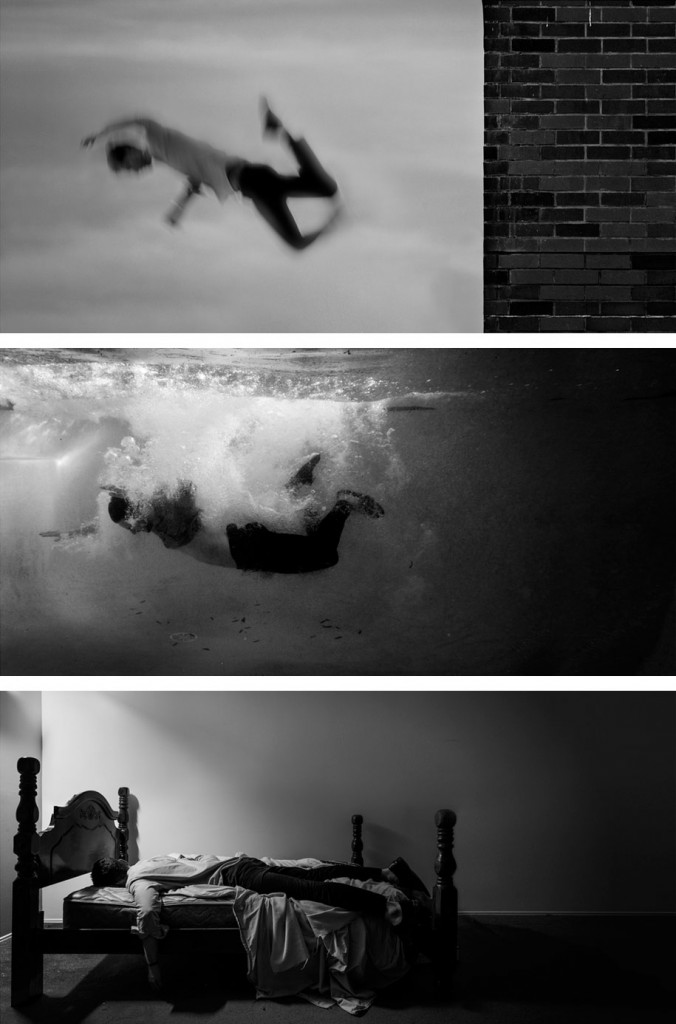

Perhaps it’s a subtle advantage, but when a group of images is all monochromatic (and particularly if they’re all the same aspect ratio), no matter when they were taken or in what lighting condition, they sorta fit together. Color images can look nice together, but the natural ranges of color light and temperature make it less cohesive to show images shot in bright sun alongside images in firelight, or incandescent bulbs… the color tones and feeling can all end up misaligned.
#BLACK AND WHITE PORTRAITS PROFESSIONAL#
Even if you’re not an artist trying to create a professional portfolio the pictures you take still constitute your “work,” and over years you may want to display them together in photo walls or in books. ConsistencyĬonsistency creates a more cohesive body of work. Rubin, After the playdate (2010): The color isn’t just decoration or colorful, it’s part of the ‘story.’ 9. Certainly, the photographer gets to decide whether the color is important or not. If there’s going to be color in the image, it should be important to what the image is saying, and not just documenting the scene. Everything Should MatterĪ popular photographer once told me that everything in the frame should matter and should be consciously present, and that goes for the color too. So many things make shooting easier these days - it’s nice to have some creative boundaries to push up against. If you’re already good, it’s fun to have a challenge. Constraints catalyze creativity: it forces you to be inventive. It’s a little harder to produce a likable image, and that’s the point. It’s not better or worse than color, it’s just an arbitrary limitation I put on myself when I make photographs, and it’s fun to work with constraints. Instagram is designed for quick-toss images that are small and, generally, colorful enough to attract attention. Many amateurs push this by over-saturating colors to make everything… prettier. I’m reminded of Susan Sontag’s essay that suggested that a beautiful photograph is not just a picture of a beautiful thing. Too PrettyĬolor images are often pleasing because they’re “pretty” - which is nice at first but generally gets dull over time. Shifting a photo into B&W gives us a moment to assess composition and story without the colorful distraction, to see if it “really works.” Rubin (2019): This enjoyable image of windblown flowers is interesting in color… …but weak in B&W, where it’s more difficult to sense it’s an ocean/cliff shot, and the composition is scattered. It’s easy to get lulled into making bad photos that’s only merit is the color. Ideally, I’d do this in color too, but sometimes I don’t. Compositionī&W forces me to focus on structure and composition. This uncanny color valley is moot in B&W. So color pictures always provide a weird discrepancy from reality, and the color images always feel “less-than” the scene as I saw it in person.

And digital screens, while they can be better than prints and continue to improve, still cannot faithfully reproduce natural vision and are frequently inconsistent in color presentation.

Color slides were some improvement, with light shining through a transparency, but still imperfect (and not a viable distribution method). Prints are never as bright and magical as seeing with your eyes. It’s impossible to reproduce colors in print to match the experience of seeing something in real life. But in greyscale you have wide latitude to adjust the sky’s tone - either dark or light - without making it look weird, and for the purpose of controlling the viewer’s experience. The original - you couldn’t make that blue sky yellow and it not look weird. Note: If one is exceptionally good at Photoshop (or comparable tools) it’s certainly possible to manipulate strong colors into other colors that might feel less distracting so this power is not limited to greyscale, it’s just considerably easier in greyscale. Try that in color and it often comes across as “false.” But in B&W you have more ability to adjust how the things in the frame look, how strong they are, how much attention they draw.īlue could end up dark grey or light grey, and neither are experienced as “strange.” Even with highly manipulated greyscale, we don’t tend to have a reaction to B&W as being made weird by post-production, it’s all surreal, so we can mess with the image a lot and it stays the same.

So if something is blue, you try to make it really blue. Post-production in color is generally trying to make a still image look like what you saw with your eye.


 0 kommentar(er)
0 kommentar(er)
